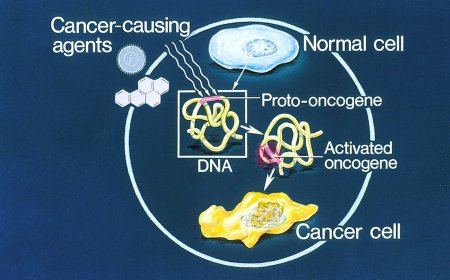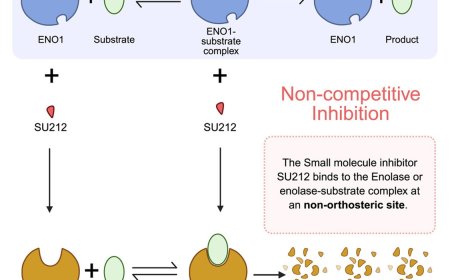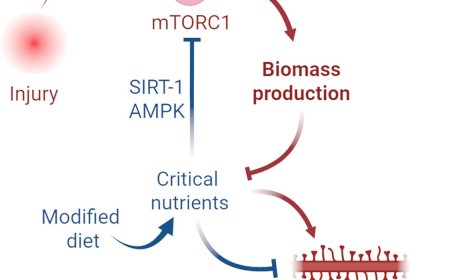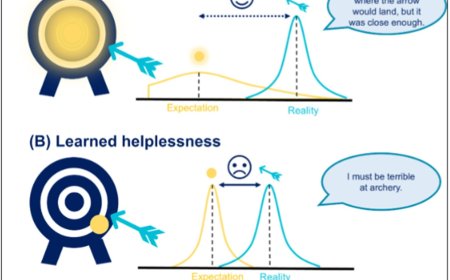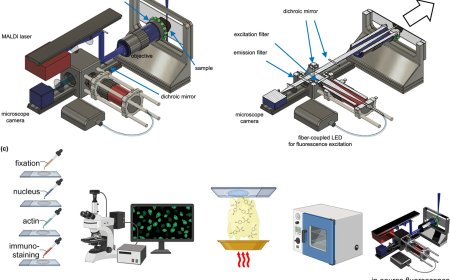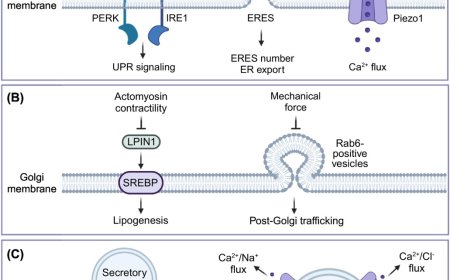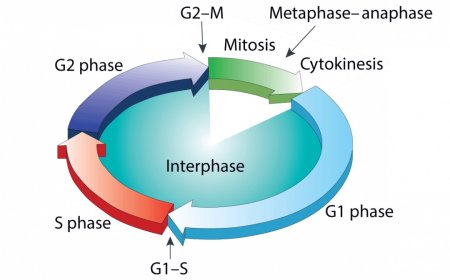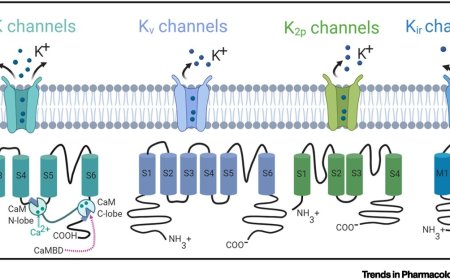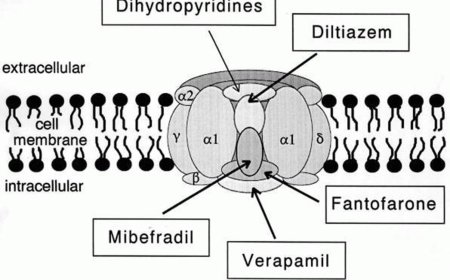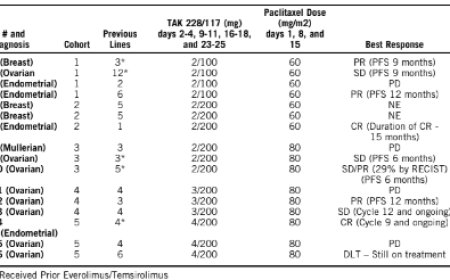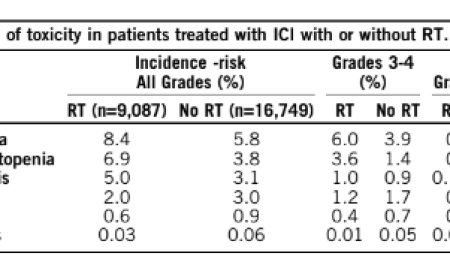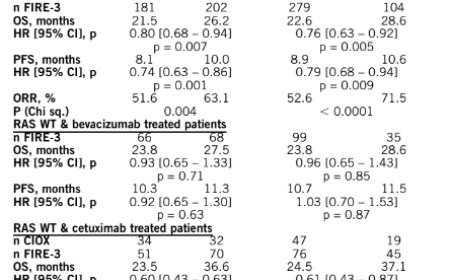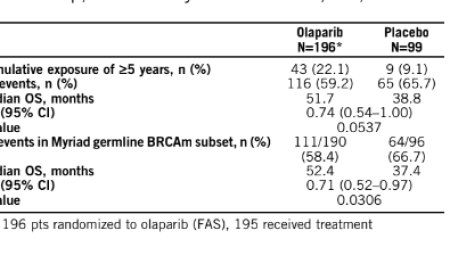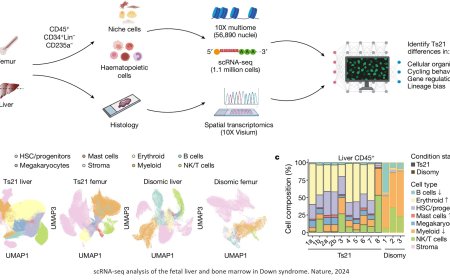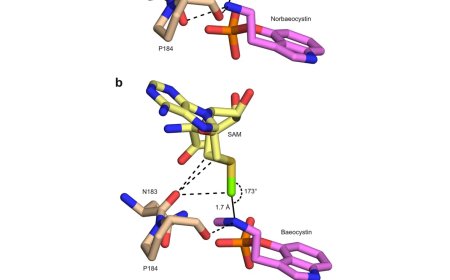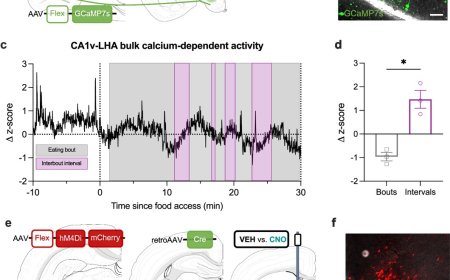A signature ‘wave’ of activity as the brain awakens from sleep
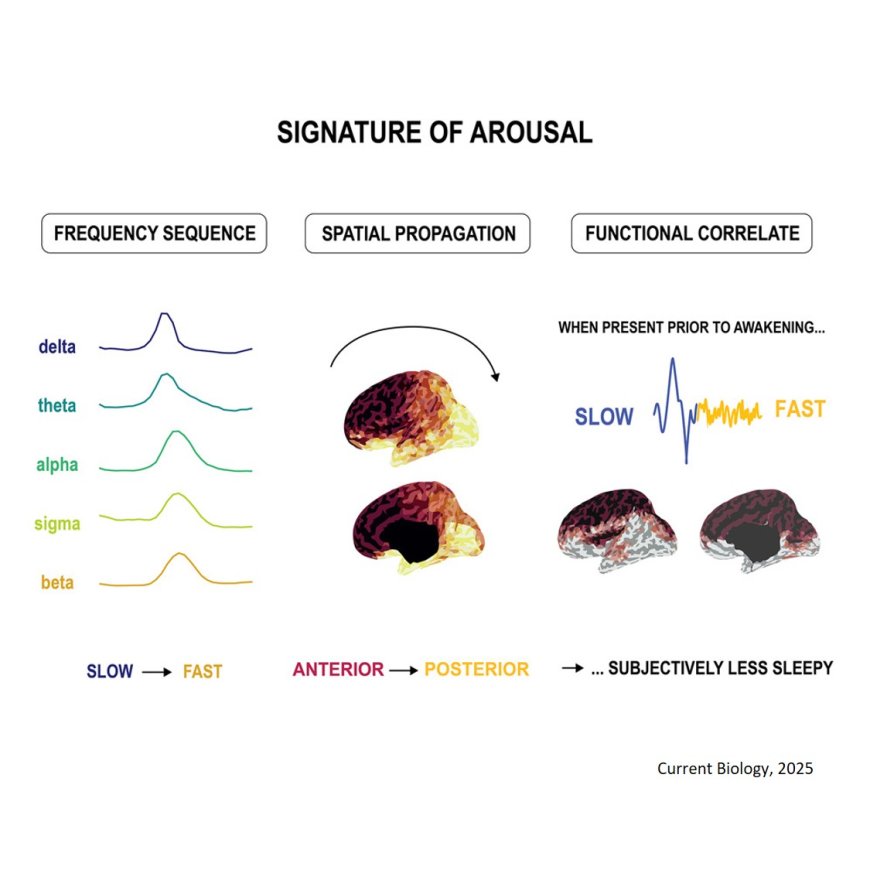
Each morning, your brain embarks on a remarkable series of events: it transitions from being asleep, potentially in an alternate reality, to waking up. Within a short time, you regain waking consciousness, reorient yourself and reconnect with your surroundings, becoming ready to interact with the world again. But how does your brain accomplish this transition so safely and efficiently?
To better understand the awakening brain, researchers analysed over 1,000 awakenings using high-density EEG recordings on a second-by-second basis. The study, published in Current Biology, reveals that the brain doesn’t wake up all at once. Instead, it orchestrates a precise sequence of activation.
The researchers worked with high-density EEG-data, which offers information about the time and location of brain activity. When looking at the activity progression throughout the awakening brain, they observed a clear sequence: it starts in central and frontal brain regions and gradually spreads toward the back of the brain.
The first author, is not surprised by this sequence of events: “This progression likely reflects how signals from subcortical arousal centres (deeper in the brain) reach the cortex, with shorter paths to frontal areas and longer ones toward regions further back”.
To better understand how the brain navigates waking up at any moment, the researchers specifically studied awakening patterns in two stages: REM sleep, commonly associated with vivid dreams, and non-REM sleep, also known as deep sleep.
When participants awoke from non-REM sleep, their brain activity first showed a brief surge in slower sleep-like waves immediately followed by faster activity related to wakefulness. When participants awoke from REM sleep, the slower waves were skipped, leading to a more direct boost in faster brain activity.
“The brain responds differently to arousing signals depending on the stage it’s in”, the author explains. “In non-REM sleep, neurons that connect arousal centres to the cortex alternate between states of activity and silence – a dynamic known as "bistability". As a result of this bistability, any arousing stimulus first triggers a slow wave, before transitioning to faster activity. In contrast, REM sleep does not have this bistable pattern, so the cortex immediately responds with the fast, wake-like, activity.”
The researchers also investigated how sleepy a participant felt when they woke up. While participants felt the sleepiest when awoken from REM sleep, the authors are most intrigued by the impact of the slow waves in non-REM sleep stages.
“We found a new aspect in which slow waves can present very distinct and opposite behaviours. Some slow waves are actually acting like arousal elements – they are part of the "wake up!" signal. The more these waves occur just before awakening, the more alert you tend to feel upon awakening. While the other slow waves – whether they are present before waking up or persisting after – are the reason we sometimes feel so sleepy in the first moments of the day”, the author explains.
The author hopes these findings can be used for future research into sleep disorders, such as insomnia or conditions involving incomplete awakenings. “If we understand the process more, we can also better identify signs of hyperarousal in sleep disorders”, the author concludes.
https://www.cell.com/current-biology/fulltext/S0960-9822(25)00824-3
https://sciencemission.com/Cortical-activity-upon-awakening-from-sleep
